Tin Money of Melaka, from early 13th century of animal shapes and designs can be seen as symbolic of the actual and ritual roles of currency within Nusantara, especially within the societies of Java, Bali, Malay Peninsula and Indochina.
Joe Cribb in his book, “Magic Coins of Java, Bali and the Malay Peninsula”, explained that:”…….. in the Malay Peninsula such activities are identified as magical because the deities invoked are not part of Islam, the socially and officially recognized orthodox religion of the region. In some senses it is the popular or folk religion of the Malays – as distinct from orthodox Islam (Endicott 1970. p.7)) but it involves Islamic beliefs while also carrying traces of the earlier religion of the local peoples, a mixture of Hinduism, Buddhism and local shamanic beliefs….”
Joe Cribb said that “….These earlier systems were reinforced by the immigration of Javanese during the early nineteenth century, bringing with them a similar mixture of Islam and earlier Indian and local religions. The distinction between Islam and this non-Islamic belief system is made in the Malay Peninsula by identifying the non-Islamic system as ‘magic’ particularly when it employed to affect the world through non-physical means…”
Joe revealed that “…….When Stamford Raffles created the first known collection of Javanese magic coins he believed that they were old coins and collected them as a potential tool for historical research. Most collectors who have followed Raffles lead also collected them as if they were coins. This even applies to those who collected them after Netscher and van der Chijs and Millies…. “.
“….From the practical point of view, in spite of their reclassification from coins to coin-like amulet, magic coins still retained the characteristics which prompted coin collectors to include them in their collections. The same characteristic s also led to their inclusion in museum coin collections, separating, for example, Raffles’s pieces from the rest of the collection when in 1860 the British Museum set up a separate Department of Coins and Medals… Their coin-like characteristics make it easy for museum curators and coin collectors to keep them in coin collection, because they could be described in the same as coins and could be stored in the same storage systems as coins….”
In view of the situation and scenario Melaka tin money discovered and handled, as what we explained , since early ’60 within the complex of Melaka Cultural Heritage, just in front of Straits of Malacca, also along the Malacca River (Sg Melaka) leading to the Malacca Straits where most of the tin coins found, during the period of 1968-2004, this is why these tin money make it so difficult for numismatists, collectors, museum operators, appraisers, authenticators to study them.
Main reasons are: they did not follow the typical issue systems which allow numismatists to categorize and study coins as part of monetary system. They lacked the normal requisites and standard procedures for numismatic research, like, (A) Denomination system (B) Weight standard (C) Specified alloy (D) a Type, Inscription and Mint-mark system, which indicated their issuers, place of issue and sequence of issue. Problems of age and authenticity is another problems for us to handle it.
Subscribe to:
Post Comments (Atom)
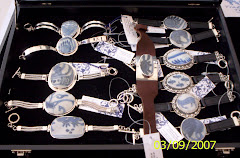


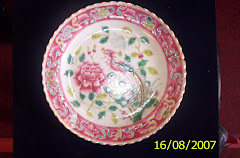


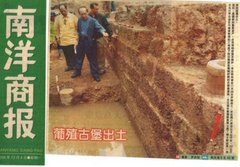
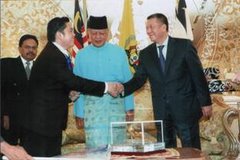


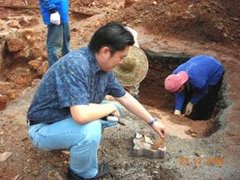
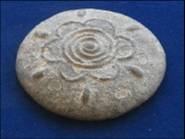


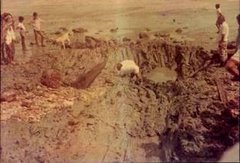


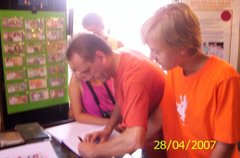
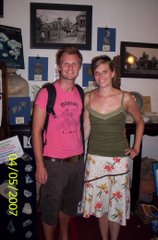
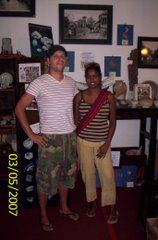
No comments:
Post a Comment